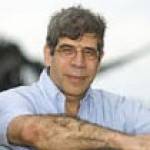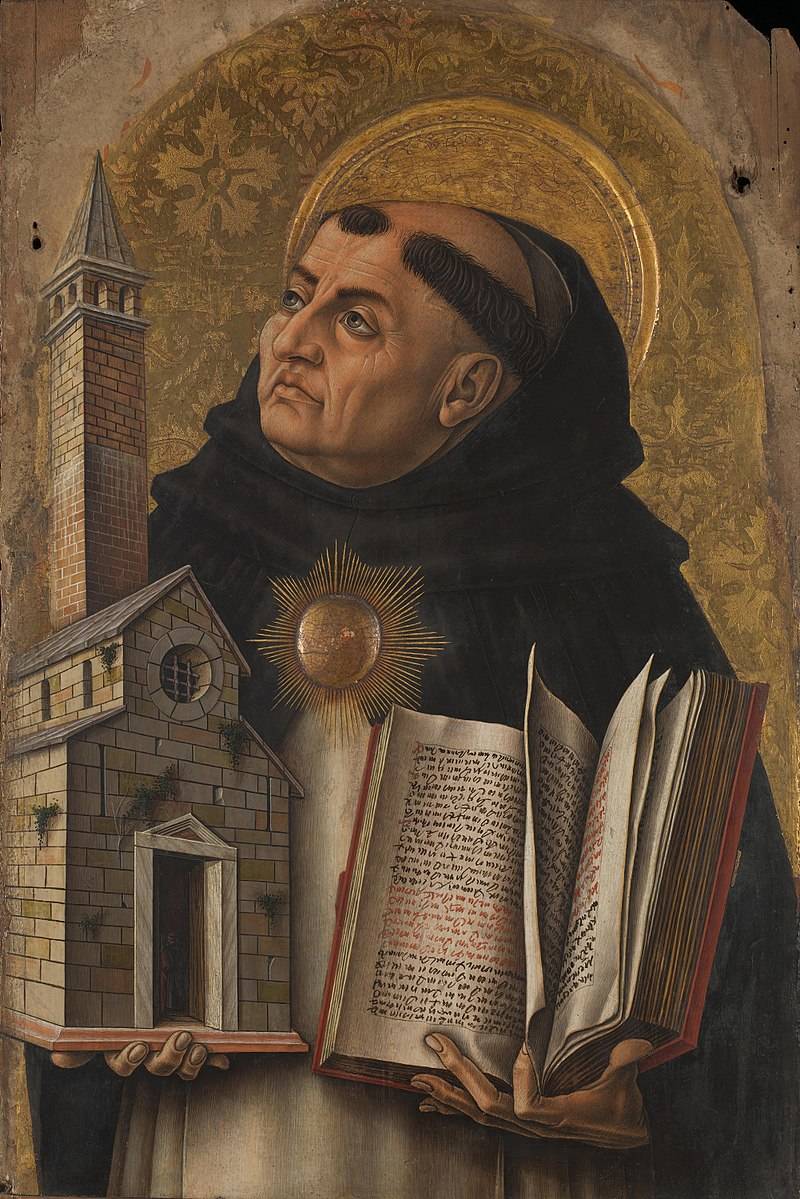Jerry Coyne Hasn’t Got a Prayer
He understands neither natural theology nor natural scienceAtheist Jerry Coyne and I have been debating the appropriateness of prayer in response to the coronavirus epidemic. Coyne mocked prayer. I think prayer is an appropriate and essential response.
The role of prayer in suffering depends, of course, on whether God exists. Is Anyone listening as we pray? Coyne thinks not, but he’s wrong. I have pointed out that God’s existence is more proven than any other theory in science.
Me: Evidence for the existence of God, as provided by Aquinas, actually consists of the same logical and evidentiary process as science itself, only with much stronger logic and more abundant evidence than any other scientific theory.

Coyne, in reply (left): If there are going to be arguments for god that are convincing, they will have to be empirical ones, not theoretical lucubrations of ancient theologians.
Coyne is clueless. All valid proofs of God’s existence—and there are many—are empirical proofs. As St. Thomas observed, any proof of existence must contain empirical evidence in its premise, because a purely logical proof, which is valid for mathematics and logic, cannot demonstrate the existence of anything. That is why the ontological proof of God’s existence is invalid. You can’t, by pure reason alone, conclude that God (or anything) exists. You must have evidence.
Notice that this absolute requirement for evidence in proving God’s existence is identical to the structure of all scientific theories. These a posteriori (inductive) arguments have this structure:
1) Evidence of things that exist in nature
2) Logical framework applied to evidence
3) Conclusion based on logic and evidence.
The other kind of proof—a priori (deductive) proof—is perfectly valid in mathematics and logic but cannot it determine the existence of anything. Logic cannot transcend itself. For example, we can prove the Pythagorean Theorem—that the square of the hypotenuse of a right triangle is equal to the sum of the squares of the other two sides—using geometry. There are several valid deductive proofs of the theorem. But no geometric proof can demonstrate the existence of anything shaped like a triangle—the Egyptian pyramids or triangular sails or roofs—by logic alone. You must show evidence of pyramids, sails, roofs to prove their existence.
It was this medieval (Thomistic) insistence on evidence in the scientific method that finally overthrew ancient (Aristotelian) science. Ancient natural philosophers like Aristotle (384–322 BCE) accepted uncritically that reason alone could serve as a basis for fundamental insights into nature. He believed, for example, that all celestial bodies moved in circles, not because of evidence, but because circles are perfect.

Aquinas (1224/6—1274, left) rejected science based wholly on formal (logical) reasoning. With his profound insight on the absolute distinction between essence and existence, he demonstrated that evidence is indispensable to natural science and is, in the same way, indispensable to natural theology.
All valid scientific theories are inductive. We begin with evidence, arrange the evidence in a logical (often mathematical) framework, and draw a conclusion. Here’s the Darwinian inference, for example:
1) Living animals and fossils show certain patterns of structure (evidence)
2) These patterns imply certain causes and are inconsistent with other causes (logic)
3) All living things are related by common descent (conclusion)
This theory of common descent, which Jerry Coyne accepts, is inductive—it is not and cannot be a deductive proof.
Here’s the same logical structure applied to cosmology:
1) Galaxies show red shift, which is proportional to distance from the earth (evidence)
2) This implies that galaxies are moving away and, by inference, that the universe in the past was a single point (logic and Einstein’s tensor equations of gravitation (logic)
3) The universe began with a Big Bang singularity (conclusion)
Here’s Aquinas’ First Way:
1) Change exists in nature (evidence)
2) Change is the actuation of potentiality, and an essential chain of actuations cannot go to infinite regress. A fully actual Prime Mover is necessary (logic)
3) That Prime Mover is what all men call God (conclusion)
Note, contra Coyne, that all three scientific conclusions—common ancestry, the Big Bang, and God’s existence— are structurally equivalent. The inference to God’s existence is formally in every way identical to scientific theories. The inference to God’s existence based on the Prime Mover argument is a scientific theory—supported by massive evidence (change occurs in nature) and irrefutable logic (the reality of potency and act, and the law of non-contradiction). We are more scientifically certain of God’s existence than we are of quantum mechanics or Newtonian or relativistic gravitation.
The logic of the cosmological arguments for God’s existence is difficult for us moderns because we are unaccustomed to classical logic and metaphysics. But the logic is rigorous— I discuss it in more detail here.
Now, the atheist’s boilerplate reply when confronted with irrefutable logic and scientific evidence for God’s existence is that we cannot use induction to demonstrate the existence of anything outside of nature. That was Kant’s objection to the Thomistic proofs. We cannot, say the atheists, know the noumenal (things in themselves) based on evidence and logic of the phenomenal (things as they appear).
But atheists (and Kant) are wrong. While it is true that much of the essence of supernatural reality is beyond our comprehension, we can validly infer the existence of supernatural reality. For example, as I noted above, we can validly infer the existence of the Big Bang singularity (which is not a part of nature) from natural evidence and logic. The Big Bang singularity and black holes are not in the natural world—they are undefined singularities in gravitational field equations—but we can know of their existence using evidence and the methods of natural science. In just the same way, we can know of God’s existence using evidence and the methods of natural science.
So Coyne’s trope
And it is all. If there are going to be arguments for god that are convincing, they will have to be empirical ones, not theoretical lucubrations of ancient theologians.
Jerry Coyne, “Egnor: We need to pray during this pandemic” at Why Evolution Is True
is ignorant nonsense. The classical proofs of God’s existence are empirical proofs based on overwhelming scientific evidence and meticulous logic—perfectly valid inductive reasoning, identical in form to all scientific theories. Proofs of God’s existence are arguments in natural theology, and they share exactly the same structure as theories in natural science.
See also: Why prayer is wise during a pandemic. Evolutionary biologist Jerry Coyne thinks that only fools would pray about Coronavirus. He is wrong and here is why: If God is real, then prayer is probably the first thing you want to do in a crisis. A plea to the Boss is a fine preamble to the grunt work of managing a crisis. I’m a neurosurgeon, and I pray before each operation. It really helps.
